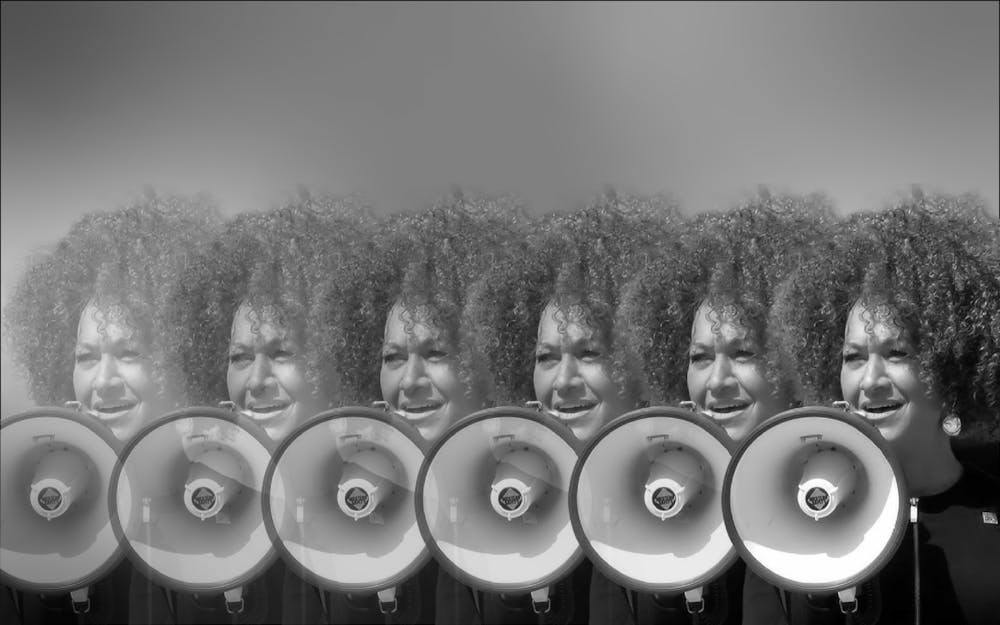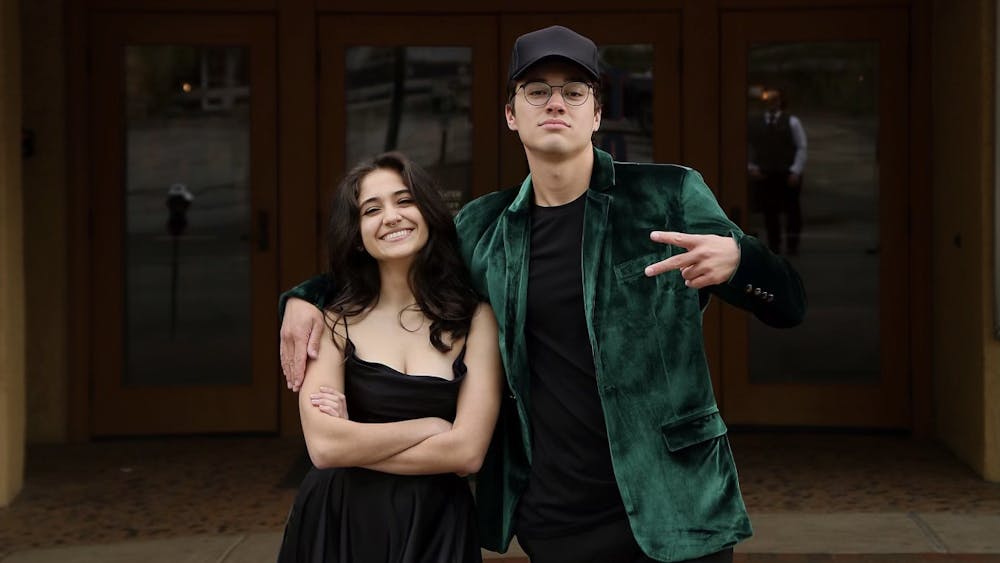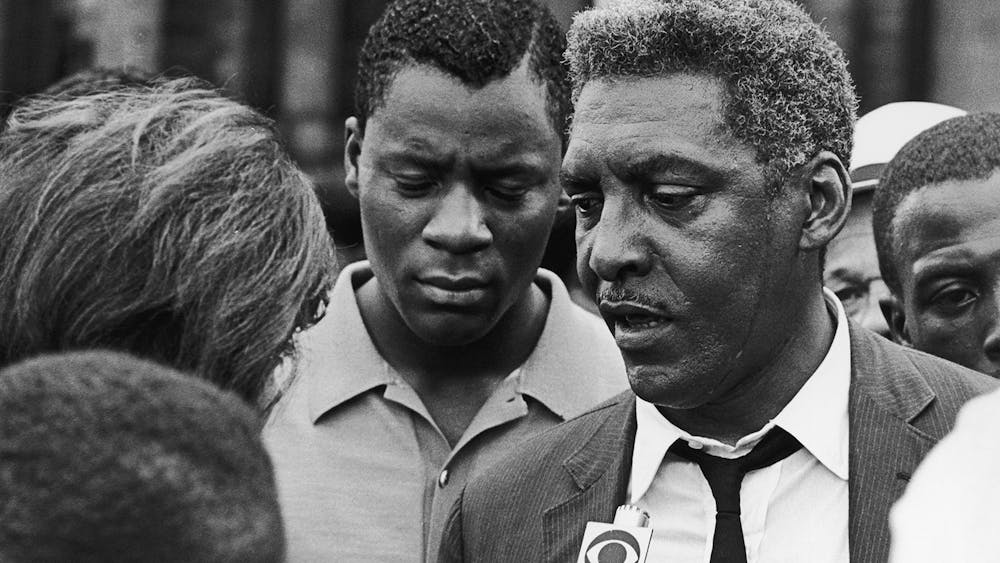Traditionally, the term "transracial" was used in the context of certain cases of adoption, such as a white couple adopting a Black child. When I saw "#transracial" was trending on Twitter last week, I hoped it was going to be about that. The hashtag was trending, though, because of the work of an internet troll who purposefully edited a photo of himself with darker skin with a caption announcing he is transracial.
I was disappointed — but not surprised — to find it was another moment in the long conversation of how we define race.
This isn't the first case of someone claiming to change their race. Rachel Dolezal was a white woman who altered her appearance to look Black. She became a leader of a chapter of the NAACP and was publicly ousted when it was revealed that she was actually white. Dolezal became a national talking point, with documentaries and interviews chronicling her story. While the wide majority of people found her act to be utterly ridiculous, there were some supporters of her decision.
While many people and outlets treated her case as a single anomaly, there's a larger pattern here of white people trying to emulate Blackness, and that's why claiming to be “transracial” inflamed so many.
Transitioning gender is not the same as transitioning race, and it is unfair to make those comparisons. Race and gender are two very different forms of social constructs.
Race has ties to not just skin color but also to heritage, ethnicity and country, while gender is a spectrum that doesn't have physical boundaries. Comparing transgender individuals and people claiming to be transracial ignores this key point.
Another example is Michael Jackson, with people claiming that he was once Black then turned white, when in reality he had vitiligo, a condition that changes skin pigmentation. Jackson had denied these claims throughout his life, until an autopsy confirmed his skin condition. He never transitioned his race. Instead, he's an example of a subset of Black people that aren’t visibly Black in the way most of us think, but still Black nonetheless. A Black person with albinism is still Black, but someone cannot darken their skin and call themselves Black.
There's also the phenomena of "Blackfishing," when white people darken their skin for beauty reasons and do their hair in traditionally Black styles, such as box braids or dreadlocks.
Like Dolezal, these people can simply take the Blackness off when they've had their fill.
The transracial debate also intersects with another hot-button issue with skin color: colorism. Colorism is the pattern of people with darker skin tones being discriminated against more often than their lighter skinned counterparts — even if both parties are Black.
“Transracial” people almost never make their skin significantly darker. They seem to want the perceived benefits of Blackness, but none of the more detrimental experiences.
Cases of Black people deciding they’re white are not so easily accepted.There's a long history of "passing," where a biracial person is mistaken as white, and they are more easily accepted into society.
Even then, individuals who passed for white were still met with extreme scrutiny, and they passed out of necessity rather than desire.
So what's there to even say at the end of all this? Well, race isn't biology. As much as it affects our lives, there's no genetic difference in any of us large enough to make a difference beside hair texture, skin tone or facial features.
Race is real, but it's also constructed. The rules of race have always been malleable, but outwardly claiming to be a different race than how you were born leaves me uncomfortable.






